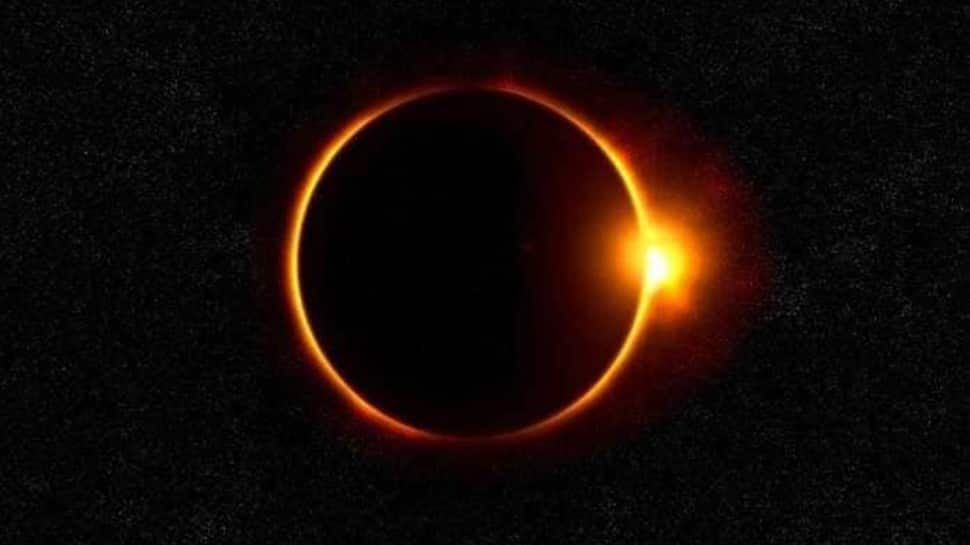
In EST, the best viewing will start at 2:18 am and end at 5:47 am on Friday morning. Those closer to the east coast will need to get up early and look low towards the western horizon. Those on the west coast of the US will have prime viewing conditions, as the Moon will begin to pass through the darker part of Earth's shadow at 11:18 pm on Thursday night PST (07:18 UTC), and leave it at 2:47 am on Friday morning in PST (10:47 UTC).ĭuring this time, the Moon will be high in the night sky for easy viewing. The near-total eclipse will be viewable across the night side of Earth, which includes North America, as well as Hawaii and parts of Russia and South America.Īustralia, New Zealand, Japan, China, and Southeast Asia will be able to see it on the evening of Friday, 19 November. This red color gives the phenomenon its nickname of a ' blood moon'. Instead, some sunlight bends through Earth's atmosphere, giving the Moon an eerie red glow. The Moon doesn't go completely dark in the same way the Sun is blotted out during a total solar eclipse. Lunar eclipses occur when the Earth passes between the Sun and the Moon, casting its shadow over our lunar satellite. Max eclipse occurs at 4:02 AM when 97% of MOON in darkest part of Earth's shadow. 1st parts of the eclipse begin at 1:02AM EST.
Partial lunar eclipse movie#
Movie of the "NEAR TOTAL ECLIPSE." LONGEST PARTIAL LUNAR ECLIPSE in 580 years occurs on morning of November 19th. The entire event will last for just over six hours, and the Moon will spend a whopping three hours, 28 minutes, and 24 seconds passing through the darkest part of Earth's shadow (its umbra) – making it the longest partial lunar eclipse since 1441, and by far the longest this century.


Partial lunar eclipse full#
And don't let the 'partial' part fool you – this lunar eclipse will be pretty much as close as you can get to a total eclipse, with more than 97 percent of the full moon cast into a red hue by Earth's shadow (NASA says 99.1 percent will be covered, whereas Griffith Observatory in Los Angeles says 97 percent).Īt its peak, only a tiny fraction of the Moon on the bottom left corner will remain lit up.Īnd although it's not the first lunar eclipse this year – we saw a total lunar eclipse back in May – this is going to be a special one.


 0 kommentar(er)
0 kommentar(er)
